Podarcis siculus
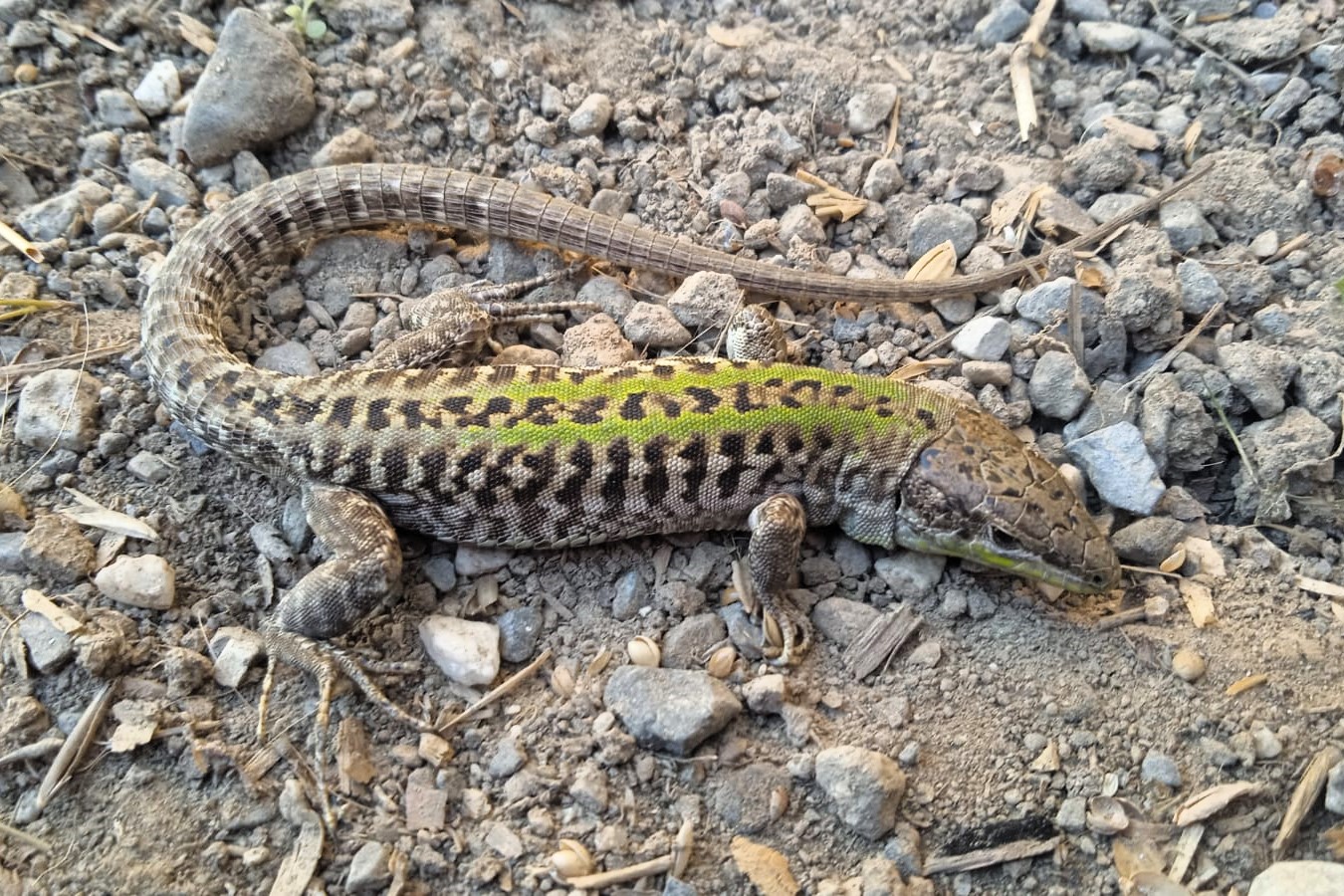

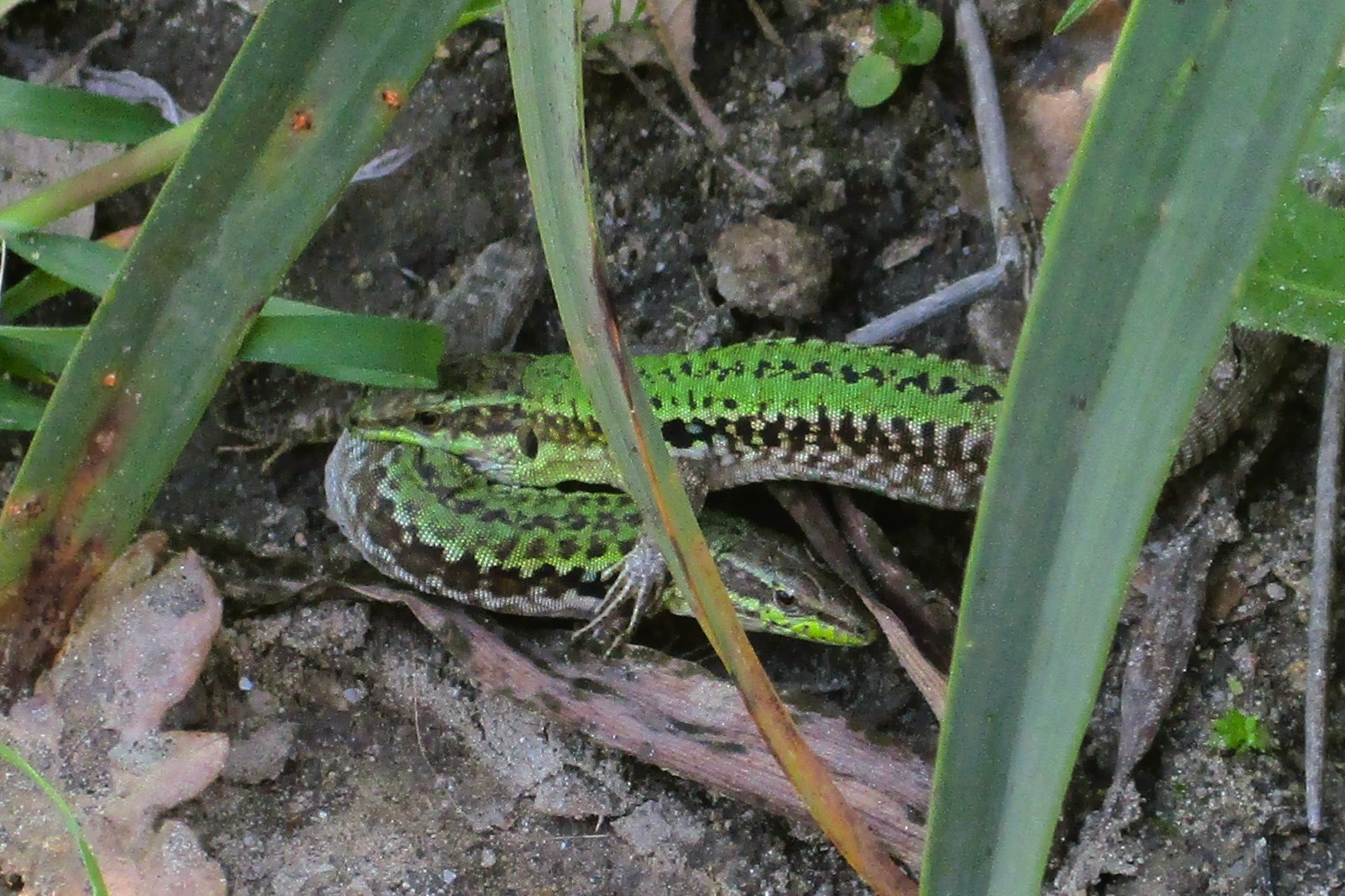
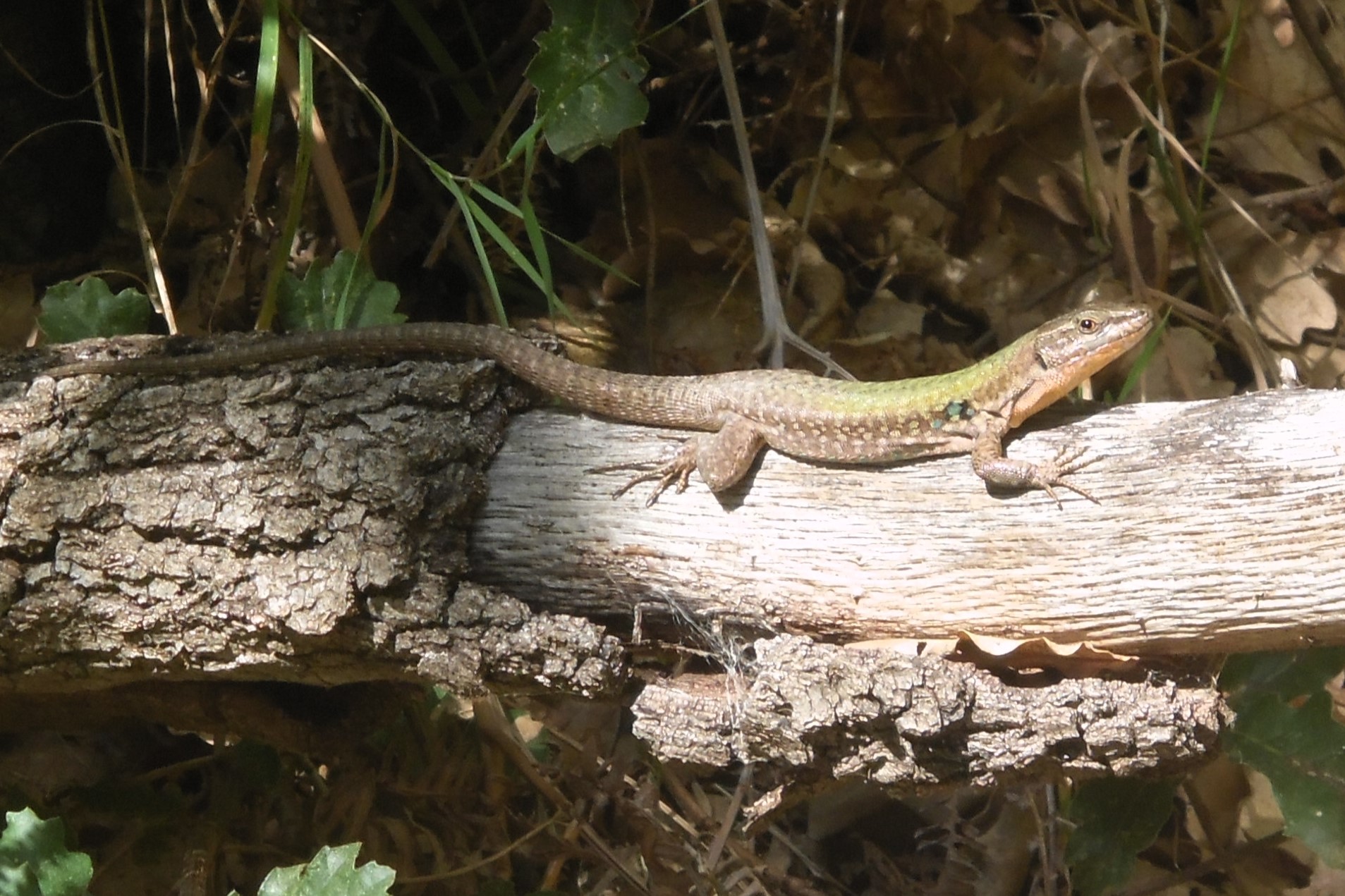
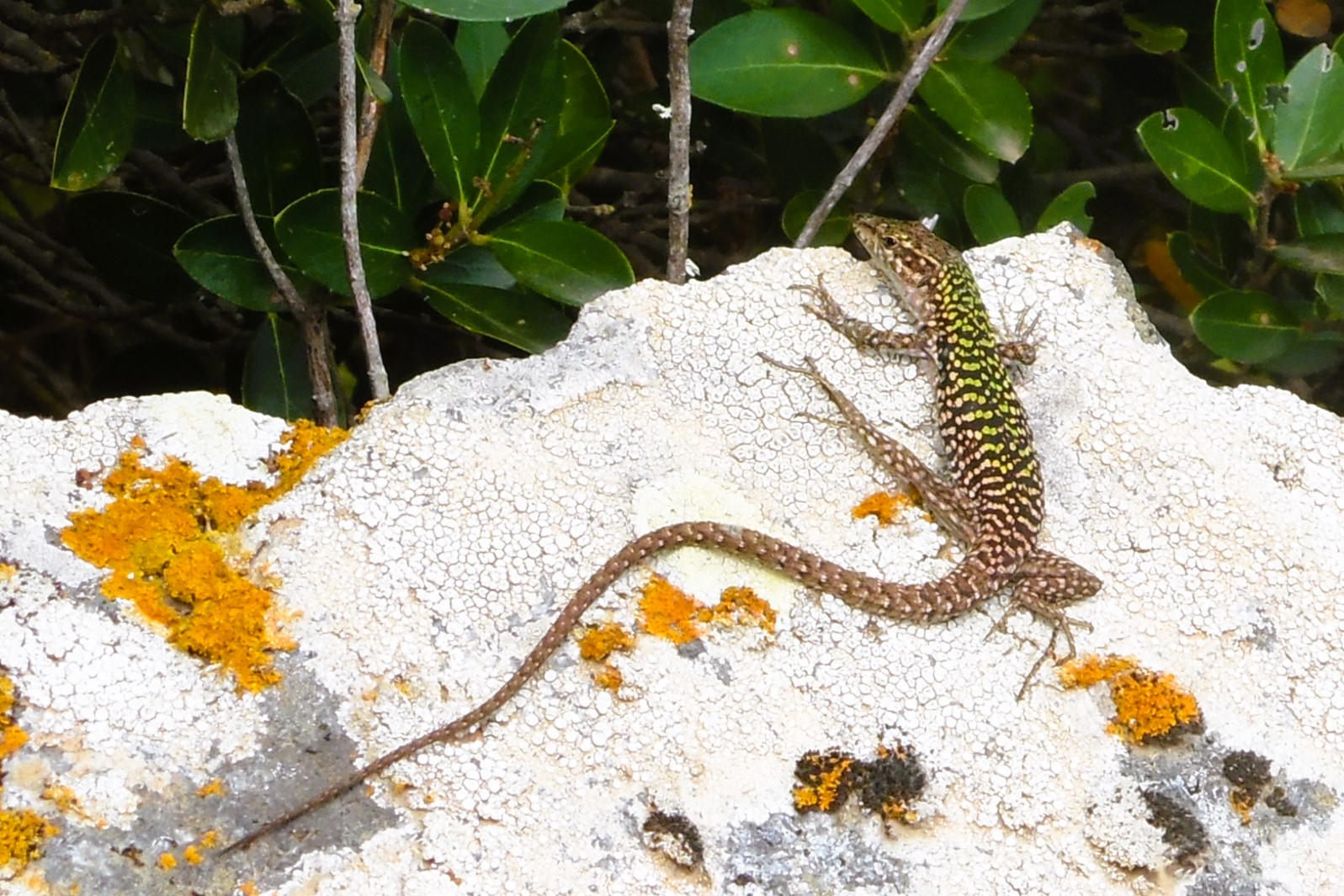
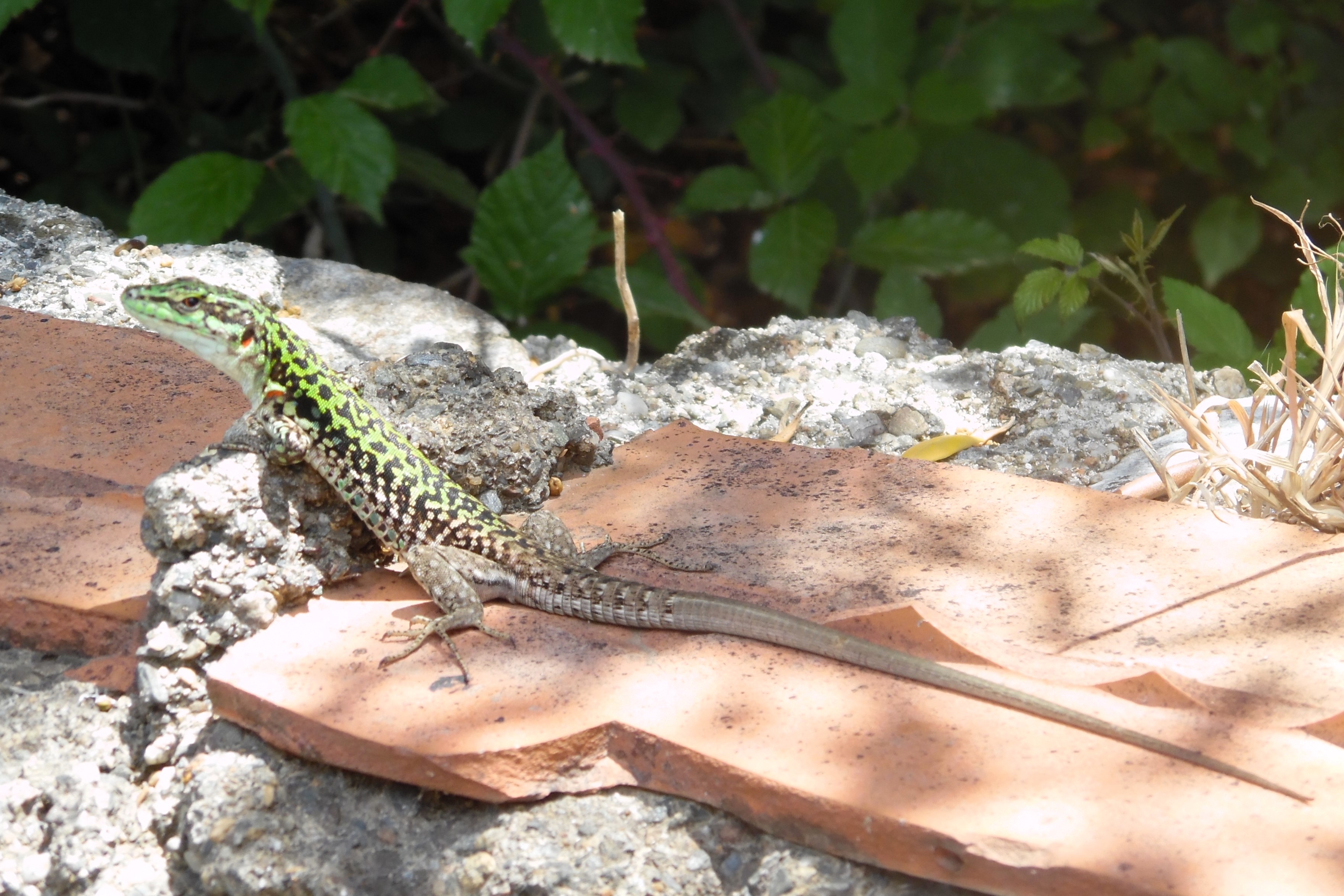
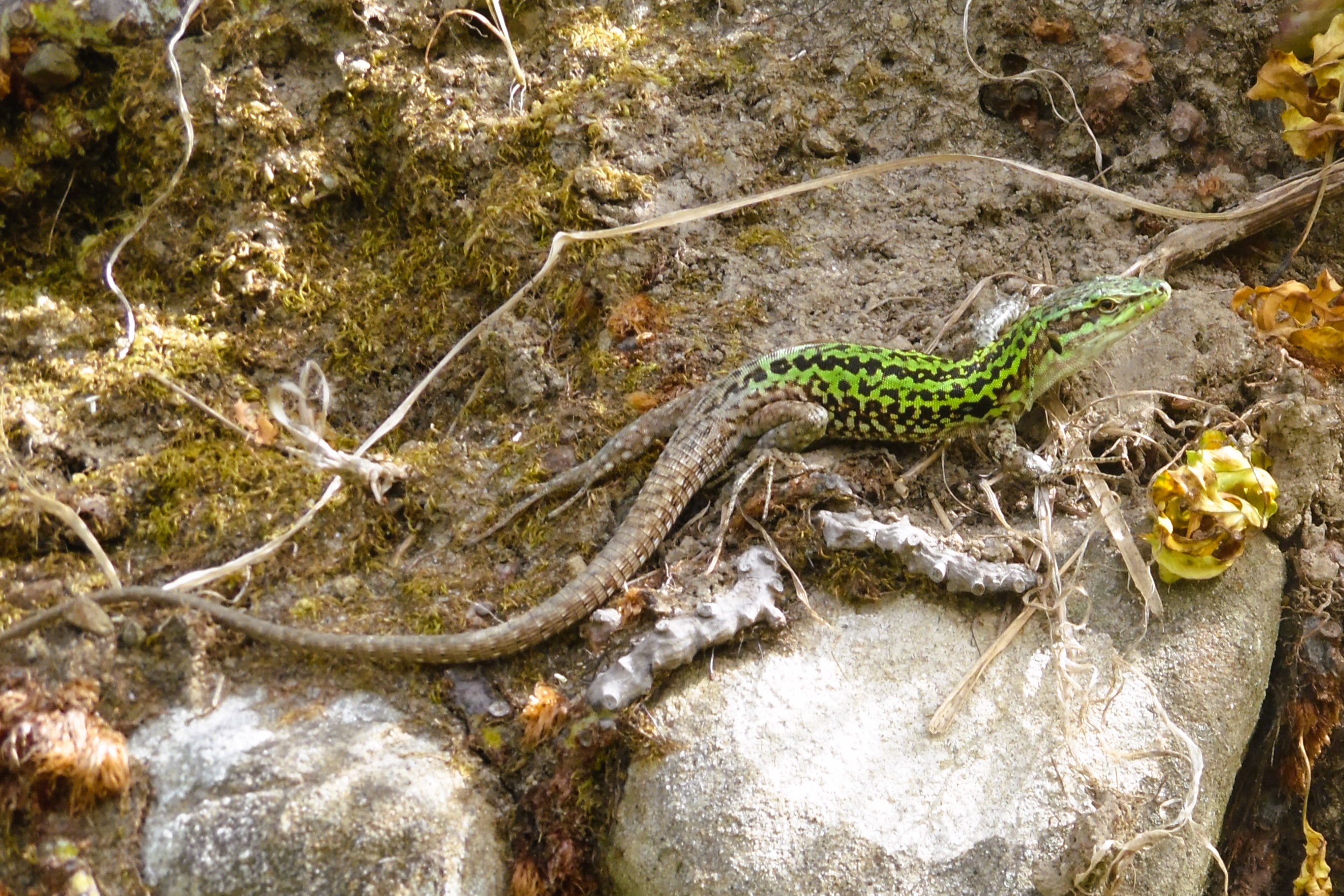
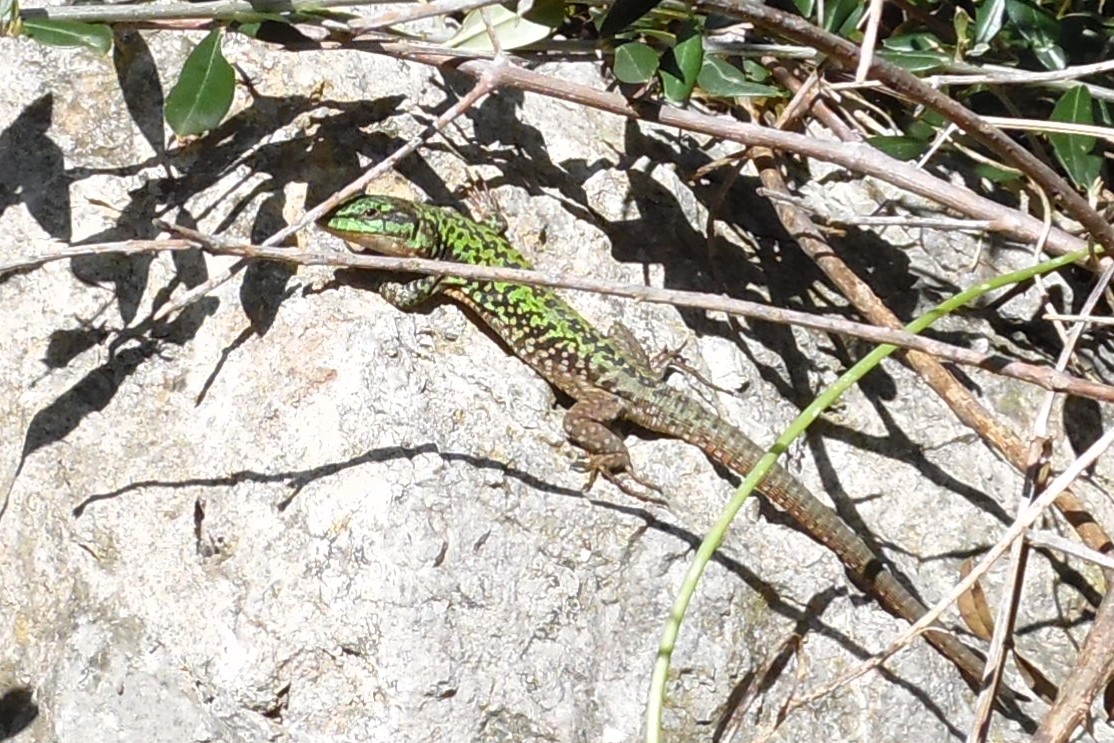
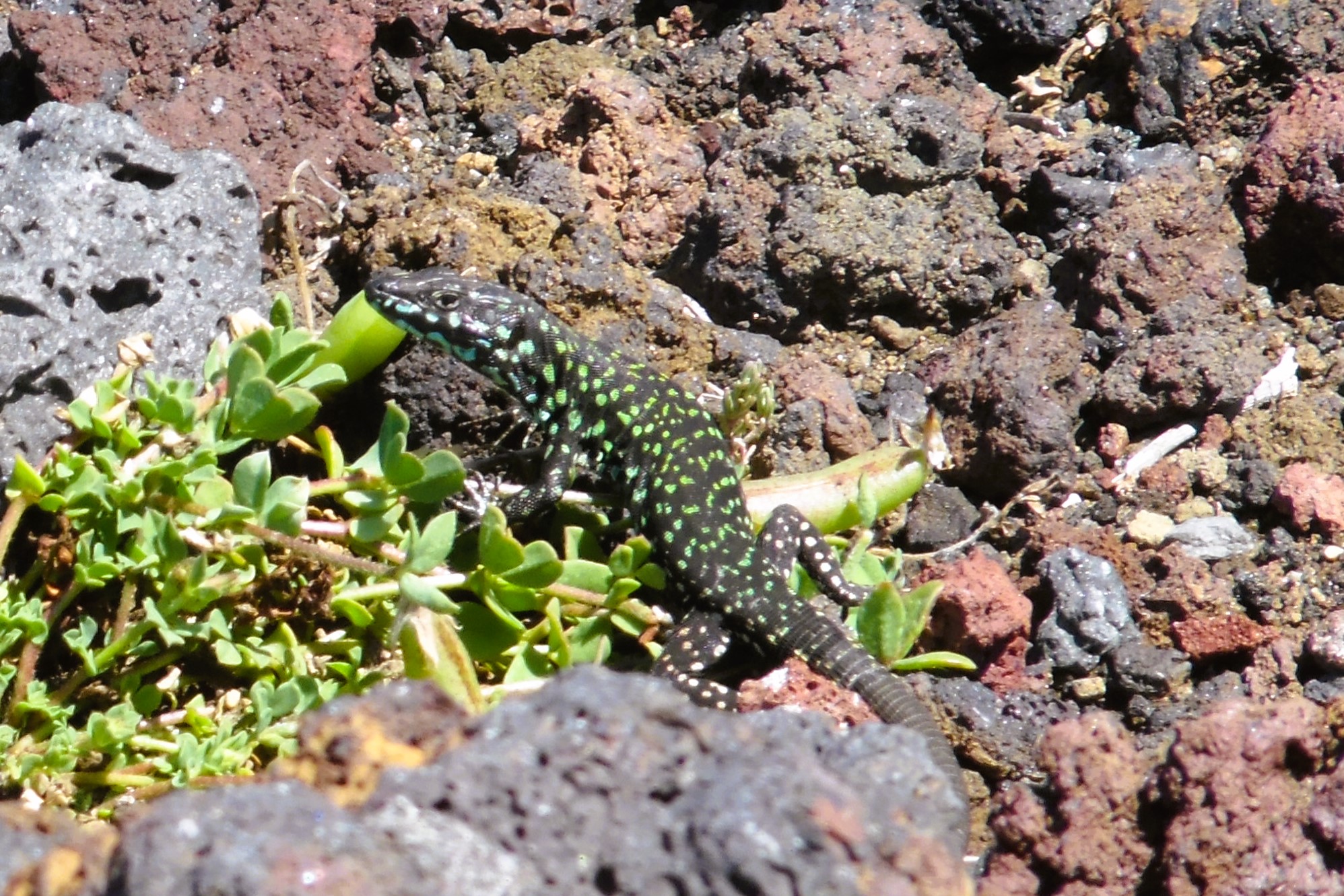
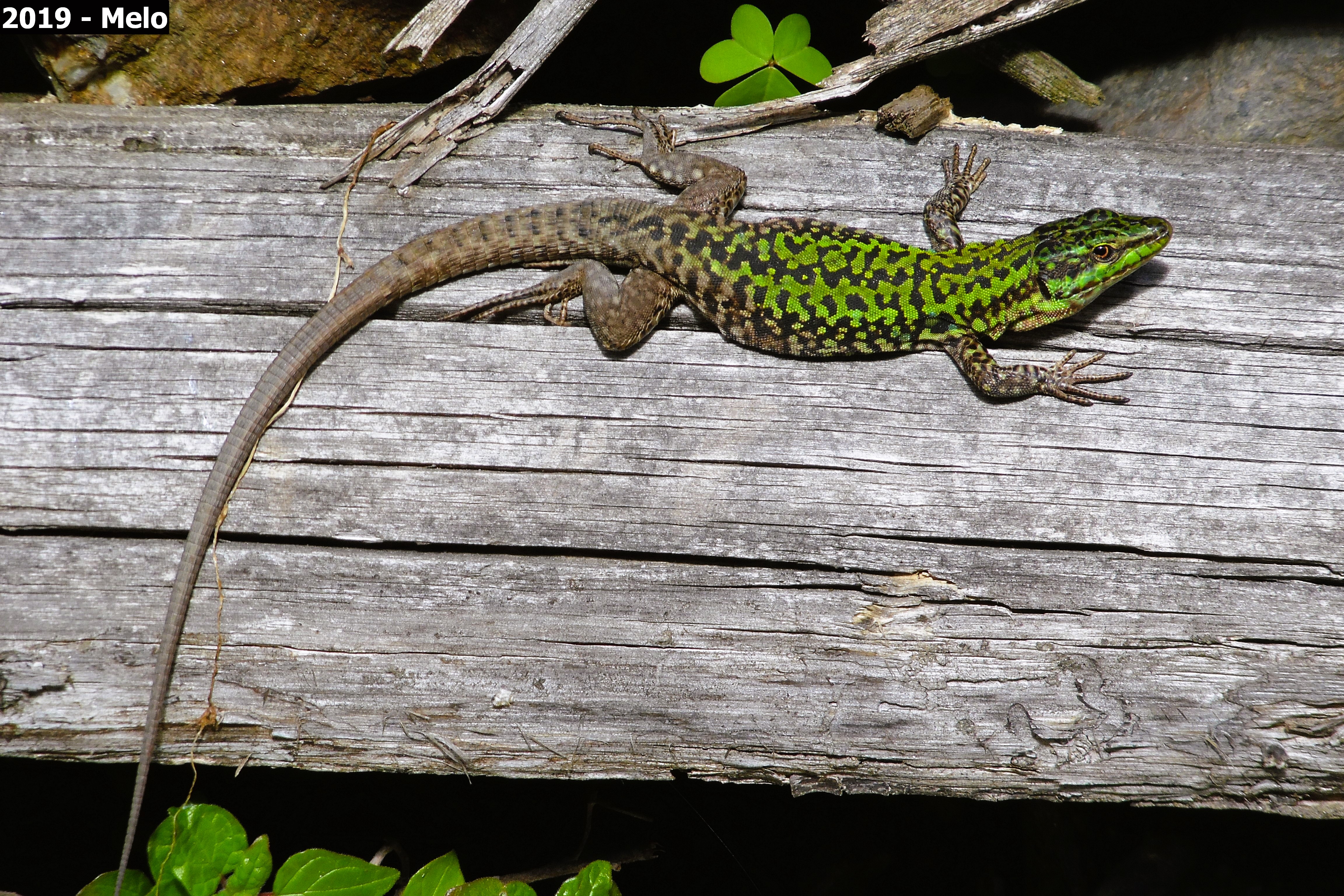
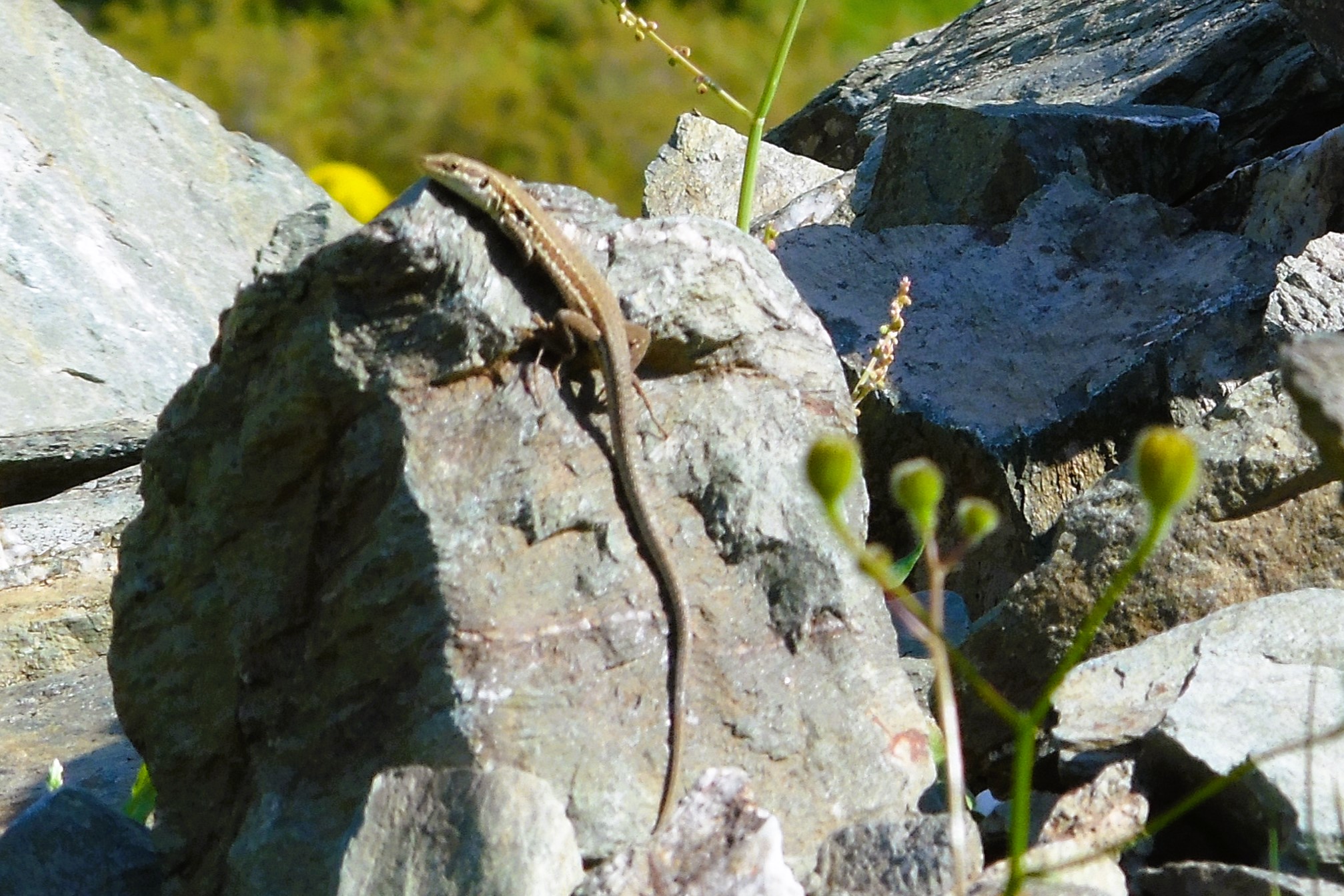
Reptilia → Squamata → Lacertidae → Podarcis → Podarcis siculus
Lüxertua de campagna
The Italian Wall Lizard ( Podarcis siculus ) is a medium-sized lizard capable of quickly adapting to new environments.
Females can reach a total length of about 7.9–8.7 in (20–22 cm), while males can exceed 9.8 in (25 cm), sometimes reaching up to 11 in (28 cm).
Sexual dimorphism is pronounced: males stand out for their larger heads and more robust tail bases, well-developed femoral pores, and often brighter dorsal coloring compared to females.
Dorsal coloring ranges from vivid green, often with a dark vertebral stripe, to flanks decorated with an intricate dark network.
The belly is generally light, whitish or yellowish, and the dorsal scales are keeled, giving a rough appearance to the touch.
The species demonstrates great morphological and behavioral plasticity, adapting to diverse environmental conditions and displaying remarkable color variations according to age, sex, and season.
Juveniles tend to have duller coloration and a more slender build compared to adults.
In western Liguria, the Italian Wall Lizard is considered a non-native species, with rapidly expanding populations mainly due to human activity and both accidental and intentional releases.
It is found mainly in coastal areas, urban and peri-urban environments, as well as in numerous ruderal and agricultural settings.
Its adaptability has allowed it to effectively colonize new territories, progressively expanding its range at the expense of local species.
Podarcis siculus frequents a wide variety of environments, showing a marked preference for warm, dry, sun-exposed places:
The species adapts easily to environmental changes and manages to survive even in degraded areas where vegetation and shelter availability are minimal.
The Italian Wall Lizard is mainly active during the day and is often seen basking in the sun on walls or stones.
Highly agile and fast, it can climb vertical surfaces and make long escapes when approached by potential predators.
The breeding season runs from March to July; during this period, females can lay between 2 and 8 eggs several times a year, preferably choosing sandy or debris-rich soils for oviposition.
Incubation lasts between 6 and 8 weeks, and at hatching the young are independent and immediately active.
The diet of the Italian Wall Lizard is mainly insectivorous, but is characterized by great flexibility:
Dietary flexibility is one of the main factors behind its colonization success, allowing the species to survive even in human-altered environments with limited resources.
The presence of the Italian Wall Lizard represents a real risk for native lizards (for example the Common Wall Lizard, Podarcis muralis ) through:
Its high adaptability, together with increased connectivity between natural and urbanized environments, favors the establishment of this species to the detriment of local reptile and invertebrate communities.
Podarcis siculus is considered an invasive non-native species in the province of Savona and in western Liguria; it shows a remarkable ability to colonize new environments thanks to high fertility, strong territorial behavior, and marked competitiveness against native species.
Monitoring of its populations is essential to understand expansion dynamics, assess its impact on native communities, prevent new introductions, and plan control actions.
Public awareness is equally important to discourage further relocations and promote the protection of local species.
Coexistence with the Common Wall Lizard ( Podarcis muralis ) and other native species is an increasingly pressing management challenge, especially in urban and peri-urban centers subject to intense urbanization.